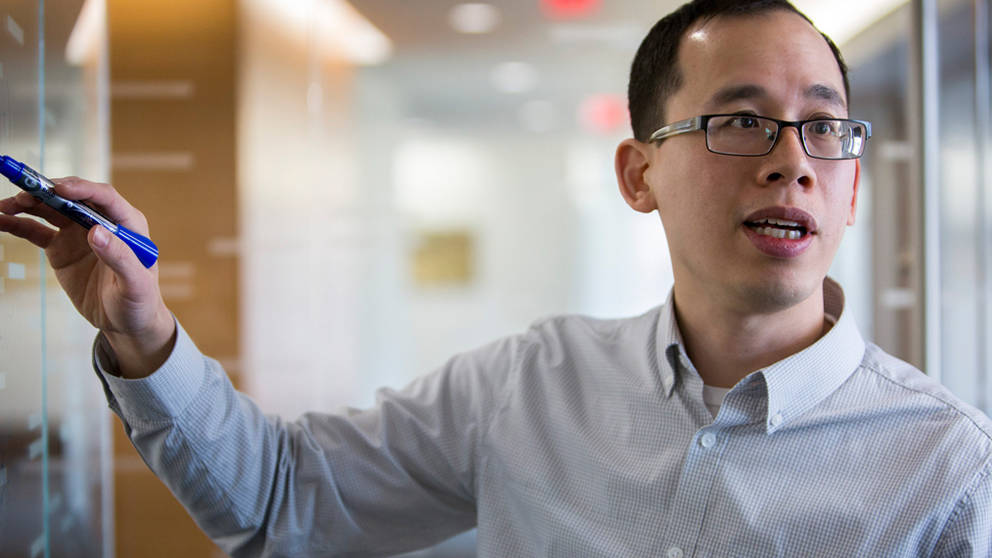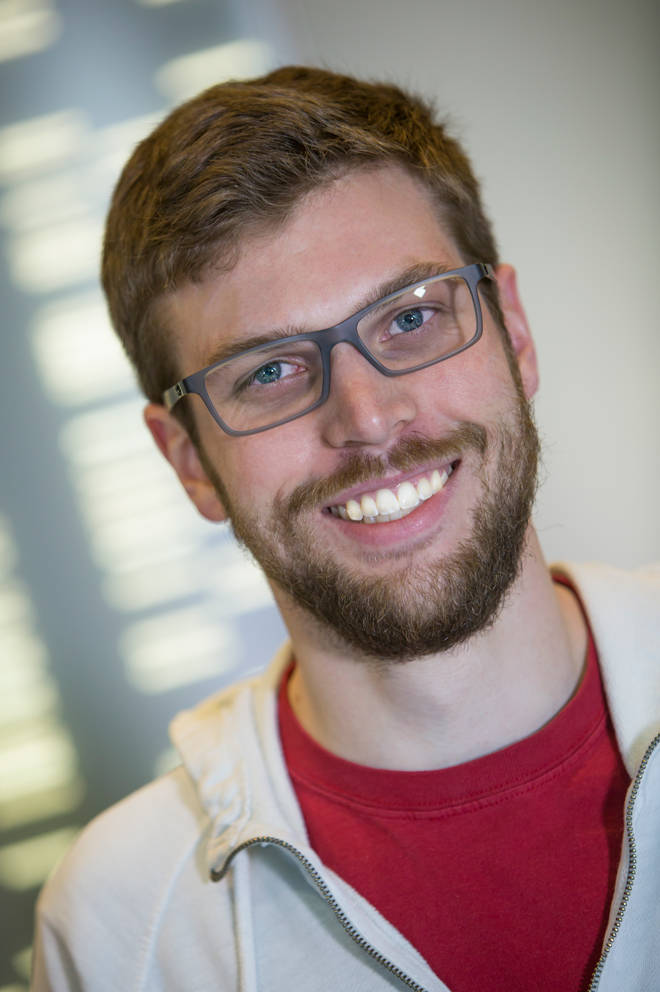Research collaboration leads to better quality science and hastens discovery. Experts are able to combine specialized knowledge and technical expertise in disparate fields to answer increasingly complex questions. For instance, a computational biologist interested in studying the genetics of pancreatic cancer would significantly benefit from collaboration with a clinical oncologist who specializes in treating this patient population.
Finding a suitable collaborator isn’t always easy, but researchers at The Jackson Laboratory and UConn Health in Farmington, Conn., are taking full advantage of their nascent partnership in the quest for better treatments and diagnostics in human disease. They are tackling big questions: Why are the elderly more susceptible to some infections? How do tumors evolve in response to cancer treatment? Can we use DNA sequencing to better treat children in intensive care? And more. In an upcoming series, we will delve more deeply into specific JAX-UConn Health collaborations to investigate what it takes to make collaborative research work and how it contributes to progress on the leading edge of science.

One example of scientists working together to harness each other’s expertise is seen in the team led by Jeffrey Chuang, Ph.D., associate professor at JAX, and Brenton Graveley, Ph.D., the John and Donna Krenicki Professor of Genetics and Personalized Healthcare at UConn Health and associate director of the UConn Institute for Systems Genomics. This team was awarded a two-year grant from the National Human Genome Research Institute (NHGRI) to study how RNA interacts with proteins to regulate gene expression. RNA-level control of gene expression is central to many human diseases, including cancer and learning disabilities, and a better understanding of how it works holds great potential for improving human health.
The partnership was formed shortly after Chuang joined JAX in 2012. Graveley is part of the ENCODE Project, an NHGRI consortium, whose goal is to identify all the functional elements of the human genome. Graveley’s role in ENCODE is to characterize the binding sites for 250 human RNA binding proteins. To achieve this, he and collaborators at the University of California, San Diego and the Massachusetts Institute of Technology use a method called CLIP-seq, which combines molecular biology techniques and high-throughput sequencing to reveal post-transcriptional regulatory networks across the genome. Chuang, a computational scientist who specializes in analyzing large genomic data sets, is interested in the mechanism behind RNA-protein binding interactions, as is a member of the Chuang lab, Ivan Dotu, Ph.D., who specializes in computational methods for analyzing RNA and RNA structure. Chuang and Graveley recognized their shared scientific interests and the opportunity to analyze the ENCODE data in extreme detail, beyond the scope of the original work. Thus, a fortuitous partnership formed.

Chuang’s group wrote computer code to parse and filter the CLIP-seq data. Dotu developed new algorithms to identify whether RNA structure was a determinant in protein binding and identified novel binding interactions.
Strengthening the collaboration, Chuang and Graveley co-mentor a graduate student, Scott Adamson, who is currently working to biologically validate the computational models generated by Chuang’s lab. This type of project is a great opportunity for a student to gain both computational and bench-top research expertise, something that Adamson was looking for in his graduate career at UConn Health.
Adamson gave both labs a “trial run” before settling in to work on this project, and while he has only been working on the project a few months, he says he is optimistic about the work and happy with the research environment at both institutions.
“It works out very well,” Adamson said. “Their mentorship styles jive with how I work and I’m enjoying the flavor of the work I’m doing.”
“The close partnership between JAX and UConn Health really makes it easy to co-mentor [Adamson],” Graveley says, noting that he and Chuang interact on a regular basis about mentoring, the project, recruiting new scientists to JAX and other things.
Both groups hope that the joint effort develops and validates computational models that accurately predict RNA-protein binding. Their success may accelerate the development of new diagnostics and therapeutics to provide better medical options for patients with genetic diseases.